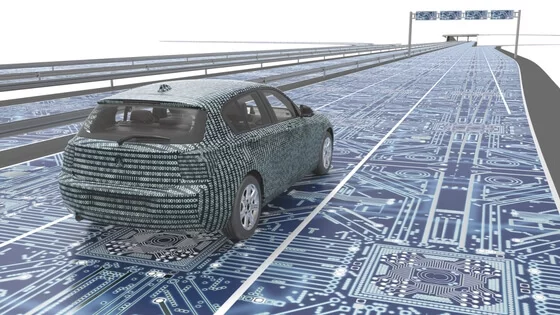How Autonomous Vehicles Will Change The Face Of The Auto Industry

Autonomous vehicles (AVs) will bring major changes to the automobile industry. They could hurt the bottom line of traditional car manufacturers and potentially disrupt a number of related industries, such as auto insurers or trucking companies.
AVs offer many benefits to society as a whole, including improved road safety and amelioration of traffic congestion. They also improve efficiency by increasing access to ridesharing and public transportation and reducing costs and travel time.
The Future of Autonomous Vehicles
Autonomous vehicles have the potential to transform our world. They can significantly reduce traffic accidents by eliminating human error. They can also provide mobility for people with disabilities. In addition, they can free up passenger time for productive activities and reduce the need to pay for parking.
The technology underlying autonomous cars is well-developed and poised for commercialization. However, there are many challenges ahead. Governments must address the relevant issues and make clear regulatory rules.
Autonomous vehicles use cameras, radar, lidar and GPS sensors to perceive their environment. They have sophisticated software that translates all this data into actionable commands. Then they execute the commands to reach a preselected destination. There are five levels of autonomous driving, with Level 5 being fully self-driving. The Society of Automotive Engineers (SAE) defines these levels. However, there are other economic and political obstacles to widespread adoption of autonomous vehicles. For example, cities depend on revenue from traffic violations.
Partnerships
Autonomous vehicles are set to reshape business models. For example, AVs can support delivery services that move fast-food and retail outlets on repeatable long-haul routes. They could also support mobile coffee shops, clinics or stores, which can travel to different locations in response to consumer demand.
Ultimately, autonomous cars can reduce societal costs by reducing the number of car crashes. Most accidents are caused by human error and can be avoided with automated vehicles. The technology can also reduce the time spent on driving, allowing people to work or relax while commuting.
Despite the positive impact on society, the high-end price of fully autonomous vehicles may deter many consumers from purchasing them. However, AVs are expected to become cheaper as the technology matures. Additionally, some companies are considering allowing employees to use AVs for their commutes, which can cut down on car ownership costs and free up skilled workers for more important projects. This can also reduce tedium, which is linked to employee burnout, safety issues and low morale.
Regulations
AVs could make it easier for people to get around in cities, reduce the need for long commutes, and promote socioeconomic mobility. However, the success of these vehicles depends on how well they are regulated.
Currently, many states have different regulations regarding the operation of AVs. This could slow down the testing process and prevent the industry from developing at a faster pace. Moreover, consumers could be skeptical about the safety of AVs due to state-by-state differences in regulations.
A good solution would be to establish uniform regulatory standards. This would allow AVs to be deployed across the country, making it easier for consumers to understand and trust these vehicles. Moreover, a common set of rules will help manufacturers achieve economies of scale and develop affordable AVs. In addition, it will enable them to design a customer-centric strategy and plan end-to-end business models with the whole life cycle in mind. This will boost after-sales revenue and provide an incentive to service these vehicles.
Safety
Autonomous vehicles are a potential boon to the environment. They could reduce harmful emissions, reshape traffic patterns and free up public space, and encourage more ridesharing and reduced vehicle ownership.
However, it’s important to note that autonomous vehicles are not perfect. They can still get hacked and are vulnerable to human error. It’s critical for companies to focus on improving the safety of AVs through a software-driven development process and more reliable measurement methods.
Government data shows that more than 94 percent of all accidents are caused by human error, and safer drivers can prevent crashes. Driver-assist systems like blind spot warnings and lane departure alerts help prevent accidents, while higher levels of autonomy can eliminate the risky behaviors that cause them. Fewer crashes also mean less congestion and fewer roadway backups. For example, tightly spaced AV platoons could reduce the stop-and-go waves that produce road congestion. This would reduce the number of cars on the road and make it easier to navigate city streets, encouraging people to flock back to cities once again.